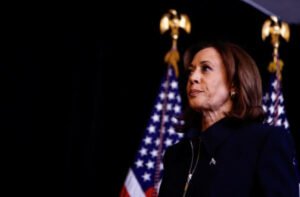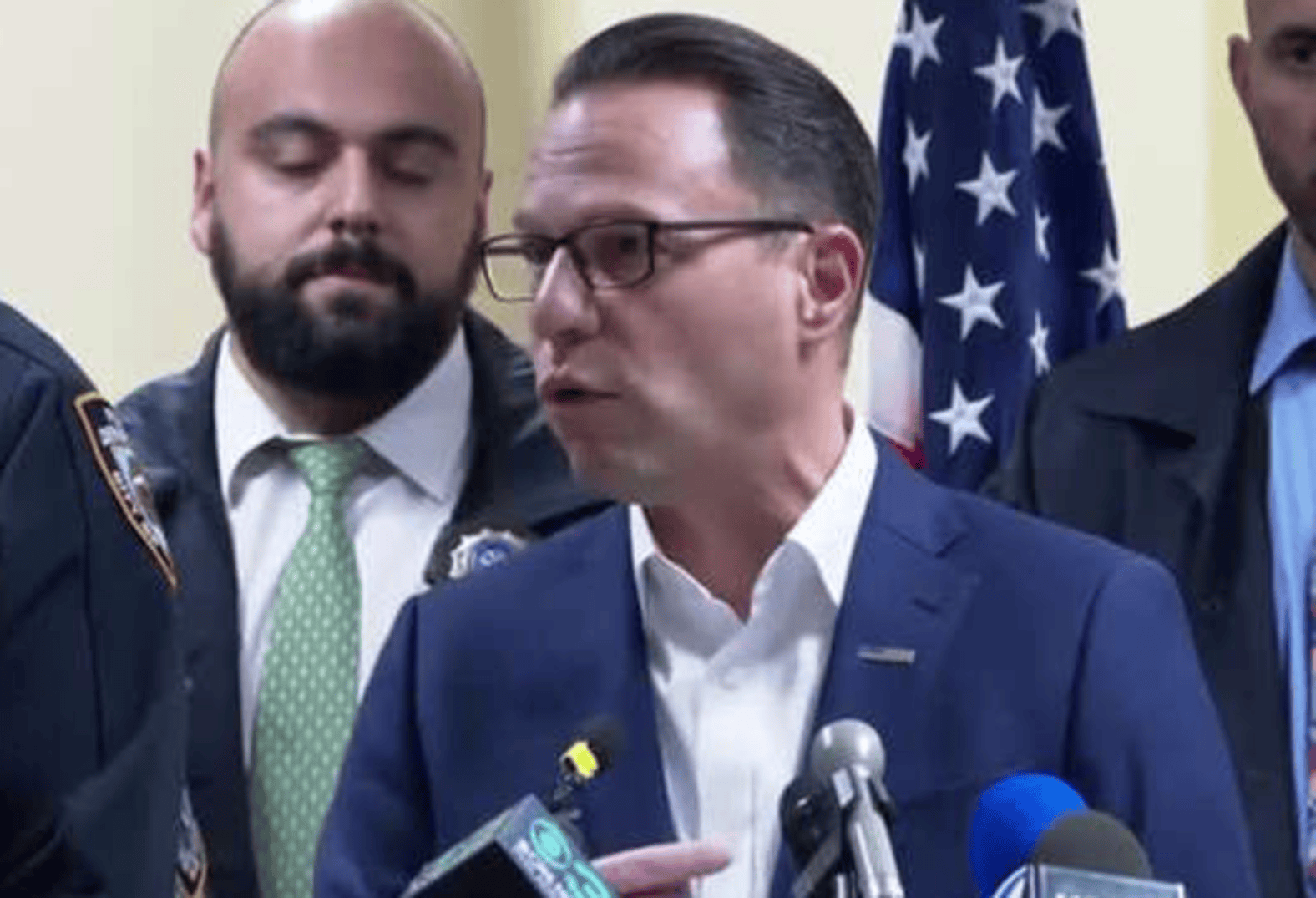
Trump Overtakes Harris by 0.1 in 2024 Polls. Donald Trump Takes Lead in National Polling: A Race Tightens
Donald Trump has surged ahead of Kamala Harris in the national polling average for the first time in months. RealClearPolitics reports that Trump now leads Harris by a narrow margin. As of October 26, Trump holds 48.4 percent, while Harris is at 48.3 percent, signaling a tightening race ahead of the 2024 presidential election. Trump Overtakes Harris by 0.1 in 2024 Polls
The First Lead Since August
This is the first time Trump has led Harris in the RealClearPolitics average since August. At that time, the former president briefly took the lead, just before Harris officially became the Democratic Party’s nominee.

Donald Trump has surged ahead of Kamala Harris in the national polling average for the first time in months.
A Narrow Lead: 0.1 Points
Trump’s lead, though slight at 0.1 points, is significant. It highlights a shift in voter sentiment as the election draws closer. For weeks, both candidates were neck and neck in the polls, with neither pulling ahead for long.
RealClearPolitics Polling Analysis
RealClearPolitics aggregates multiple polls to provide an average. Their analysis indicates that the race remains tight. Trump leads in two of the eight most recent polls. Harris leads in two, while the remaining four polls show a tie.
Trump Gains Ground in Key States
While the national average is nearly even, Trump has made gains in key battleground states. RealClearPolitics shows him leading Harris in all seven swing states: Arizona, Georgia, Michigan, Nevada, North Carolina, Pennsylvania, and Wisconsin. These states are crucial to securing the Electoral College win.
The Importance of Battleground States
Trump’s lead in these key states gives him an advantage in the Electoral College. According to current projections, Trump is forecast to win 312 electoral votes. This would be enough to secure the presidency, barring any major shifts before Election Day.
A Wall Street Journal poll conducted between October 19 and 22 showed Trump ahead by two points. In that poll, Trump garnered 47 percent to Harris’ 45 percent. Independent candidate Robert F. Kennedy Jr. received 2 percent of the vote.
Polling Error and Close Races
Political analysts, including those at 538, have noted that the race is tight, but polling margins of error make it difficult to predict the final outcome. Even in states where Trump leads, the race remains within the normal margin of polling error.
Trump’s Popularity and Electoral Strategy
Trump’s popularity has grown in recent weeks. His campaign strategy has focused on rallying his base and appealing to undecided voters in key states. Harris, meanwhile, has been working to shore up support among Democrats and independents.
New York Times/Siena College Poll: A Tie
The final New York Times/Siena College poll shows a deadlock between Trump and Harris, with both candidates tied at 48 percent. This poll surveyed 2,516 likely voters nationwide, reflecting the tight nature of the race.
CNN Poll: Trump and Harris Deadlocked
Similarly, a CNN/SSRS poll conducted from October 20 to 23 also showed a tie between the candidates, with each receiving 47 percent. This poll highlights the uncertainty surrounding the election’s outcome.
Harris Holds Slight Lead in Some Projections
While Trump has taken the lead in several polls, other sources still show Harris with a slight edge. Decision Desk HQ/The Hill gives Harris a 0.6-point lead over Trump. However, this margin is within the margin of error, making the race too close to call.
Electoral College Forecast: Trump Favored
Current projections favor Trump to win the Electoral College. However, with several swing states too close to call, the outcome is far from certain. Both campaigns are making final pushes to secure key victories.
The Final Stretch: What’s at Stake?
As Election Day approaches, the pressure on both campaigns is intense. For Trump, maintaining his lead in the swing states is crucial. For Harris, regaining ground in these key areas is essential. The outcome of this election will have lasting implications for the future of U.S. politics.
Voter Turnout: A Deciding Factor?
Voter turnout will be critical in determining the election’s outcome. Both campaigns are focusing on mobilizing their bases and encouraging early voting.
Media Coverage and Public Perception
Media coverage has played a significant role in shaping public perception of the race. Both candidates have faced intense scrutiny, with their policies and personalities under the microscope. How the media portrays their final days of campaigning could influence undecided voters.
Polling Uncertainty: Can We Trust the Numbers?
Polling has faced criticism in recent elections, with some polls underestimating certain voter groups. This has led to questions about the accuracy of current polling. While the numbers provide a snapshot of the race, they may not fully capture voter sentiment.
Harris’ Challenges in Battleground States
Harris faces significant challenges in key battleground states. Despite holding a slight lead nationally in some polls, her numbers in states like Georgia and Arizona are concerning for the Democratic campaign. Harris’ team is working hard to turn things around before Election Day.
Trump’s Appeal in Swing States
Trump’s lead in the swing states can be attributed to his appeal among working-class voters and his focus on key economic issues. His campaign has emphasized job creation, tax cuts, and deregulation, which resonate with voters in these states.
Harris’ Strategy: Targeting Undecided Voters
Harris’ campaign has focused on appealing to undecided voters, particularly in suburban areas and among women. Her messaging has centered on healthcare, education, and social justice issues. Whether this will be enough to close the gap in swing states remains to be seen.
Conclusion: A Historic Election
With Trump taking a narrow lead in the polls, the race is far from over. Both campaigns are fighting hard for every vote, knowing that the outcome will have profound implications for the future of the country. The eyes of the world will be on the U.S. as the nation decides its next leader.







